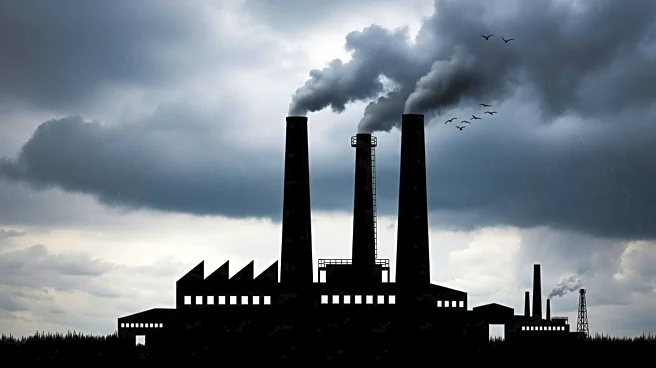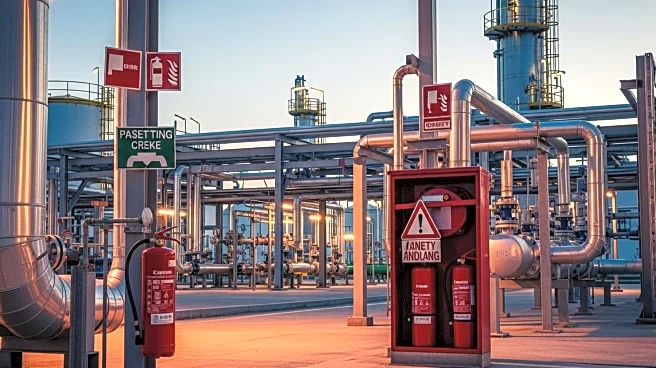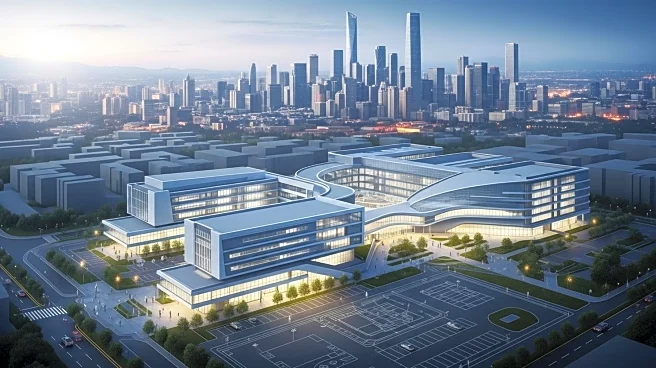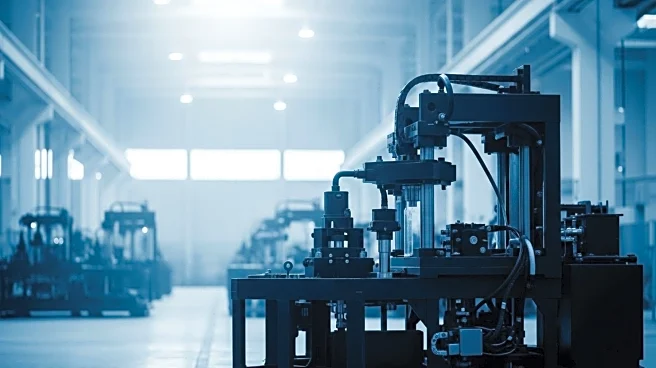What is the story about?
What's Happening?
In September, Texas manufacturing activity continued to expand, albeit at a slower pace compared to previous months. The production index fell significantly from 15.3 to 5.2, indicating reduced growth. Other key indicators also showed declines, such as the new orders index, which dropped into negative territory at -2.6, and capacity utilization, which decreased to 3.9. The general business conditions index fell to -8.7, reflecting worsening perceptions of the manufacturing sector. Labor market indicators revealed a decrease in employment, with the employment index dropping to -3.4, and a longer workweek was noted. Price pressures remained largely unchanged, with slight decreases in the prices paid for raw materials and finished goods. The outlook for future manufacturing activity also weakened, with declines in future production and business activity indices.
Why It's Important?
The slowdown in Texas manufacturing growth is significant as it reflects broader economic challenges that could impact the state's economy. Manufacturing is a key sector in Texas, contributing to employment and economic output. The decline in new orders and employment suggests potential challenges for businesses in maintaining production levels and workforce stability. This could lead to reduced economic activity and impact related industries such as logistics and retail. The unchanged price pressures indicate that inflationary concerns remain, which could affect consumer spending and business investment. The weakened outlook for future activity suggests that businesses may face continued uncertainty, potentially influencing investment decisions and economic planning.
What's Next?
Manufacturers in Texas may need to adapt to the slower growth by reassessing their production strategies and workforce needs. Businesses might explore cost-cutting measures or seek new markets to offset declining orders. Policymakers could consider interventions to support the manufacturing sector, such as incentives for innovation or workforce development programs. The ongoing economic conditions may prompt discussions among industry leaders and government officials about strategies to bolster manufacturing and address the challenges posed by slower growth.
Beyond the Headlines
The decline in manufacturing activity could have long-term implications for Texas's economic landscape. As businesses navigate slower growth, there may be increased focus on automation and technology to enhance efficiency. This shift could lead to changes in workforce dynamics, requiring new skills and training programs. Additionally, the manufacturing sector's performance could influence broader economic policies, including trade and investment strategies, as Texas seeks to maintain its competitive edge in the national and global markets.
AI Generated Content
Do you find this article useful?













